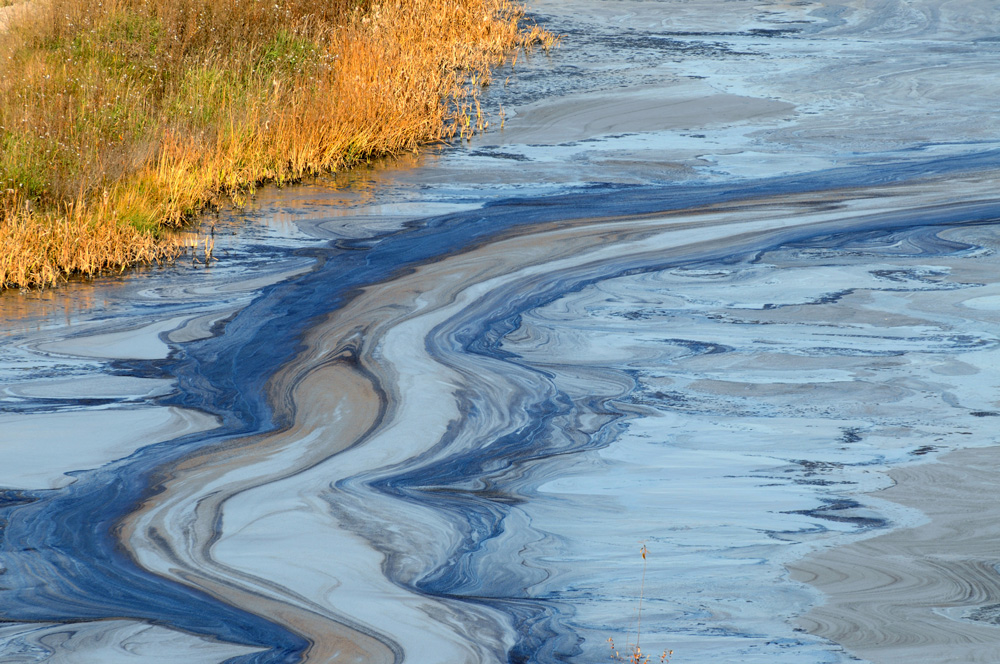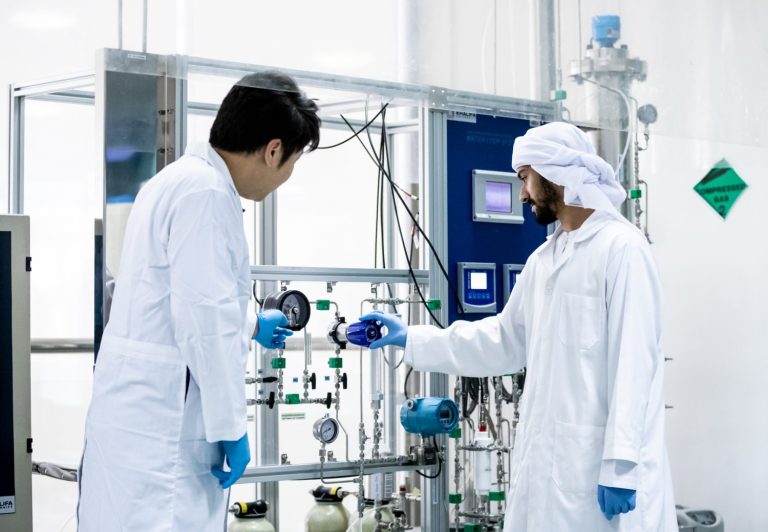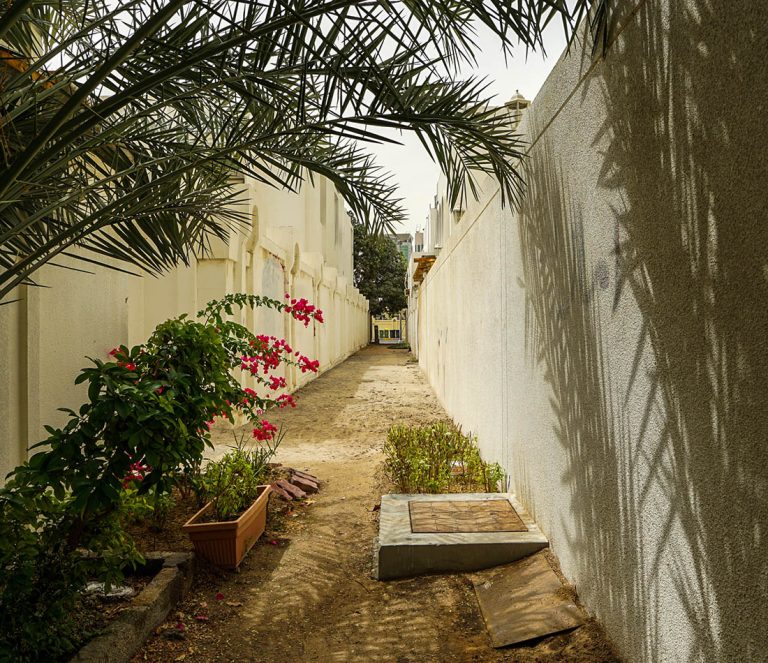Innovative membrane revolutionizes cleanup of wastewater
A novel method of removing a toxic pollutant from oil and gas wastewater could help secure a stable water supply in arid, oil-producing regions.
Oil extraction produces more than just oil. Energy companies pump large quantities of water into wells to coax petroleum from the ground, resulting in large volumes of wastewater laden with contaminants. A notable contaminant is phenol, which has been linked to organ damage in laboratory animals. Conventional water treatment methods either do not work on the toxic organic compound, or they are too expensive or too energy intensive.
In the United Arab Emirates and other arid oil-producing regions, reusing this wastewater is of utmost importance to ensure a stable water supply. “This is a very dry place,” says Emad Alhseinat, a chemical engineer at Khalifa University. “We don’t have much water. But we have a huge amount of wastewater. Being able to use it is important for the stability of our water supply.”
Building on their expertise in material and membrane science at Khalifa University, Alhseinat, in collaboration with chemist Dinesh Shetty and a research team including postdocs Jisha Kuttiani Ali and Abdul Khayum Mohammed, embarked on a quest to tackle the problem. Collaborating with researchers from Nottingham Trent University in the UK and New York University-Abu Dhabi, they discovered that, by using two materials that hadn’t been combined for phenol removal before, they were able to create a low-cost solution. Their membrane, created by mixing a small amount of covalent organic framework (COF) with cellulose acetate, an affordable biodegradable polymer, had the right structure to trap phenol while allowing water molecules to pass through. Remarkably, the membrane removed 80% of the contaminant.
Shetty came up with the overall COF design, with inputs from Mohammed and Ali. Alhseinat and Ali fabricated and tested the COF-cellulose acetate membrane and performed the phenol removal. They collaborated with Nottingham Trent University on the structural simulation of the COF.
The postdocs played a crucial role in the breakthrough, says Shetty. “Khalifa University is one of the top universities in the region, and we are attracting good postdocs from around the world,” he says. “For me, the most satisfactory experience was mentoring these next-generation scientists.”
Alhseinat, who first joined KU as a researcher and is now an associate professor, credits the university’s considerable resources for enabling the work, which was published in Chemical Engineering Journal1, possible. “Tosucceed as a researcher and professor, you need very good research facilities, and Khalifa has just that,” he says. “There are state-of-the-art instruments, a great community, and we have very good advisors here. They are outstanding in their fields.”
Reference
- Abdul Khayum Mohammed, Jisha Kuttiani Ali, Mahira Bashri Selman Kuzhimully, Matthew A. Addicoat, Sabu Varghese, Maria Baias, Emad Alhseinat, Dinesh Shetty. “The fragmented 3D-covalent organic framework in cellulose acetate membrane for efficient phenol removal,” Chemical Engineering Journal 466, 2023. | Article




